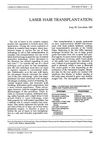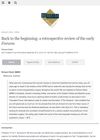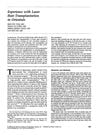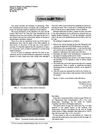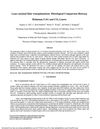Megasession Hair Transplantation with CO2 Laser Flashscanner Technology
August 1995
in “
Journal of Clinical Laser Medicine & Surgery
”
CO2 laser flashscanner megasession hair transplantation hair transplantation graft follicles hemostasis local anesthesia vasoconstrictors postoperative dressings postoperative skin surface laser-assisted hair transplantation hair restoration surgery CO2 laser hair transplant grafts anesthesia post-op dressings post-op skin laser hair transplant hair restoration
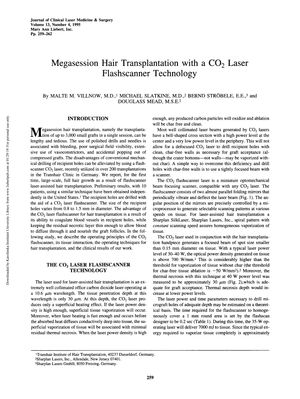
TLDR Using a CO₂ laser for hair transplants improves the surgery and may become important in future hair restoration.
The document reports on the use of a CO₂ laser flashscanner technology in megasession hair transplantation, which was utilized in over 200 transplantations at the Transhair Clinic in Germany. The study describes the operating principles of the CO₂ flashscanner, its tissue interaction, the operating techniques for hair transplantation, and the clinical results. The CO₂ laser flashscanner creates recipient holes with minimal thermal necrosis, allowing for proper nourishment of graft follicles. Over 200 patients were treated with this method, with the ability to transplant over 2,500 grafts per session. The advantages of this technology include controlled hemostasis, improved visibility, a reduction in operating time by more than 30%, less need for local anesthesia and vasoconstrictors, reduced need for postoperative dressings, and a smooth postoperative skin surface. The results showed excellent control of the laser beam, easy implantation, and no effect on neighboring or previously transplanted hairs. The study concludes that laser-assisted hair transplantation with a CO₂ flashscanner may improve hair transplantation surgery and is expected to play a major role in hair restoration surgery in the future.
